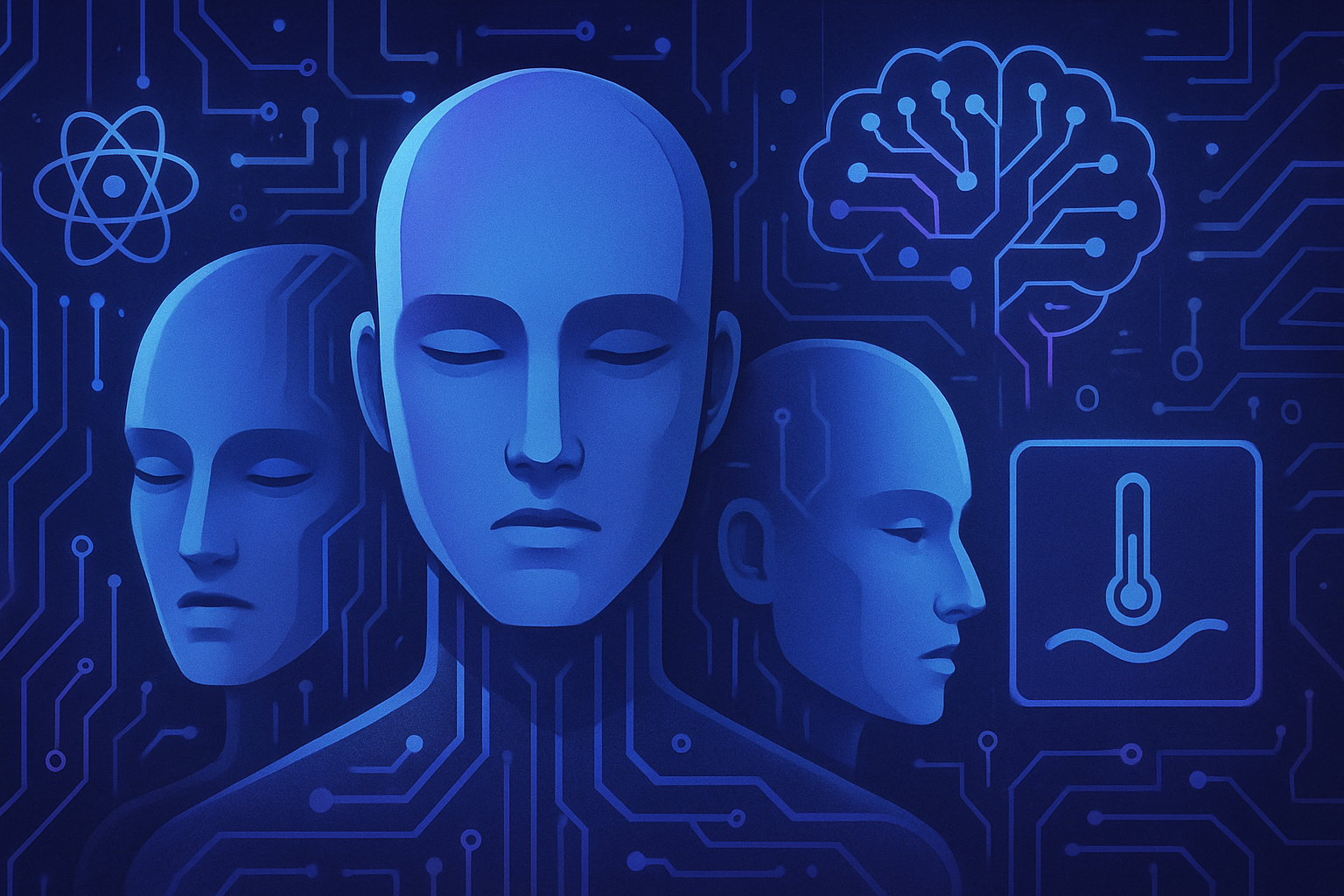Self-driving cars are transforming road driving by exchanging precise information.
Their sophisticated algorithms unearth real-time data, thereby optimizing traffic flow. Through a
digital word-of-mouth
, these vehicles learn to anticipate movements and avoid obstacles, combining performance with safety. The sharing of road knowledge enhances the understanding of traffic conditions, shaping a future where incidents significantly decrease.
Autonomous vehicles and knowledge sharing
Autonomous vehicles evolve by integrating learning systems that enable them to acquire immense knowledge about road conditions. Thanks to a technology dubbed digital word-of-mouth, these cars are equipped with sophisticated sensors that collect real-time data.
Technology and collaborative learning
Self-driving cars continuously analyze information from various sensors, such as cameras and radars. This learning process relies on algorithms that allow vehicles to interpret road signals and observe the behavior of other road users.
Computer simulation systems
Recent research has shown that networking vehicles through computer simulation systems improves their performance. For example, tests conducted on the streets of Manhattan show that virtual vehicles can interact smoothly, adjusting to traffic dynamics.
Real-time data exchange
Cars connect with each other to exchange data regarding traffic, weather conditions, and other relevant topics. This synergy between vehicles enhances the safety of journeys by optimizing traffic flow management, thereby decreasing the risk of accidents.
Impact on road safety
Technological innovations contribute to the revolution of road safety. Autonomous vehicles learn to anticipate the behaviors of other drivers, thereby minimizing the risk of incidents. One study predicts that by 2050, widespread use of these vehicles could significantly reduce accidents.
Towards a safer future
The path towards safer roads is taking shape. According to predictions, widespread adoption of autonomous vehicles could reduce the number of cars on the roads by 30%, thus improving efficiency and decreasing CO2 emissions.
Future of smart transportation
This transition to connected vehicles heralds profound changes in the transportation landscape. Artificial intelligence systems endow routes with adaptive capabilities, enabling a quick response to unexpected events on the road. Thus, cars also learn to navigate based on real-time events.
Conclusion on the impact of artificial intelligence
Artificial intelligence plays a key role in this evolutionary process. By learning from road behaviors, cars develop a collective knowledge, enhancing safety and efficiency. The future thus unfolds, leaning towards an increasingly efficient and secure autonomous driving.
For more information on interactions between drivers and new technologies, check out this article: Driver interactions with new automotive technologies.
For a dive into the world of future vehicle designs, explore this resource: 8,000 inspiring designs for your project.
The artificial intelligences within autonomous vehicles continue to evolve, promising an increasingly innovative automotive landscape. This reality will transform our daily trips and respond to contemporary needs regarding safety and efficiency.
Frequently asked questions about road knowledge sharing by autonomous cars
How do autonomous cars use digital word-of-mouth to share information about the road?
Autonomous cars collect real-time data about their environment and road conditions, which they share with other vehicles through advanced communication systems. This allows for a rapid response to changes in traffic conditions.
What types of information do autonomous cars exchange with each other?
Vehicles exchange information on various aspects such as traffic, accidents, obstacles on the road, and even weather conditions, thus enabling better trip management.
How does data sharing between autonomous cars contribute to improving road safety?
Communication between vehicles anticipates dangers and enables quicker reactions, reducing the risk of accidents and improving traffic efficiency through optimized routes.
How does the information-sharing technology influence the driving behavior of autonomous cars?
Autonomous cars learn from the behaviors of other vehicles on the road, allowing them to adjust their own driving based on detected situations, thereby making driving smoother and safer.
Can autonomous cars share data with road infrastructures?
Yes, autonomous cars can communicate with road infrastructures, such as traffic lights and information signs, to receive real-time updates and adjust their routes accordingly.
How is shared data protected from cyberattacks?
Advanced security systems, such as encryption and authentication, are used to protect the data exchanged between vehicles, ensuring the confidentiality and security of road information.
What is the potential impact of this technology on the future of urban transportation?
The sharing of road knowledge between autonomous vehicles could transform urban transportation by reducing traffic jams, optimizing road flow, and decreasing CO2 emissions through better traffic management.






